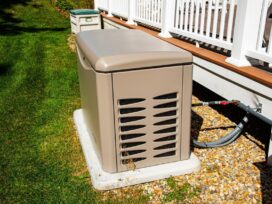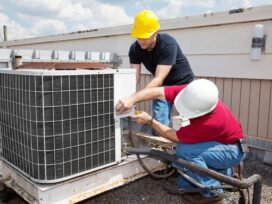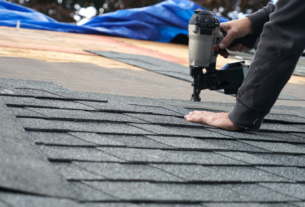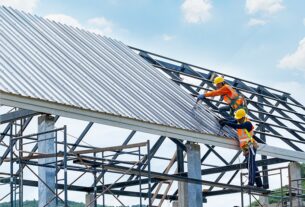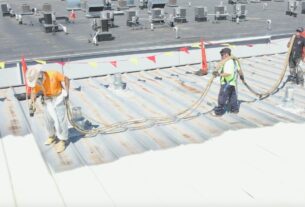
Can You Spray Foam On The Underside Of Your Roof?
In roof areas, spray foam insulation by insulation services is frequently found at the joist or rafter level. During the colder months, this form of insulation aids in reducing heat loss and maintaining the warmth of the home. Additionally, it helps keep a building from being too hot throughout the summer.
Typically, this kind of insulating foam is sprayed into place as a liquid and is constructed of polyurethane. Upon contact, the foam gradually increases in size by up to 100 times to form a useful layer of hardened foam that acts as insulation.
Can You Spray Foam On The Underside Of Your Roof?
Since the middle of the 1990s, unvented roofs have been employed, with spray foam placed on the underside of the roof deck. Spraying insulation made of closed-cell spray polyurethane foam (ccSPF) or open-cell spray polyurethane foam (ocSPF) along the bottom of the roof sheathing can create an attic area that is conditioned and insulated and is long-lasting and effective in all climate zones.
When the HVAC system is installed in the attic, moving the air-control and thermal-control layer to the underside of the roof deck has a significant number of benefits. Conductive thermal losses are reduced by placing HVAC systems and ducts inside the home’s thermal envelope, and any losses brought on by air leaks still help to condition the space.
In-house designs with intricate coffered ceilings and holes through the ceiling plane for wiring, and others, which would otherwise make it difficult to achieve the airtightness needed below the insulation layer, insulating the roof may also be a more effective means of providing a continuous thermal barrier. Additionally, adding roof vents at soffit sites might not be practicable (in retrofits) or desired (in hurricane or wildfire zones).
Spray foams offer benefits over other insulation kinds when it comes to insulating along the underside of the roof deck because they can efficiently air-seal intricate installations. In both new and retrofit construction, spray foam can also act as the thermal- and vapor-control layers.
Finally, note that using spray foam under the roof deck has benefits, but there are also some drawbacks to this insulation services. The main dangers include rainwater leaks, diffusion-induced condensation, air leaks, and moisture from the building itself. Hence, why you need expert help on the issue of insulating your home.
